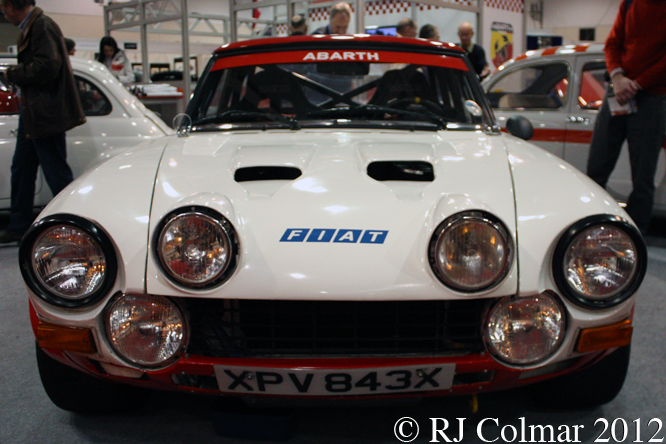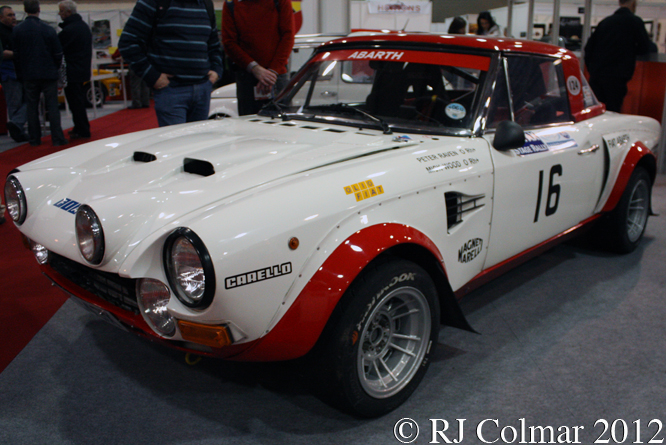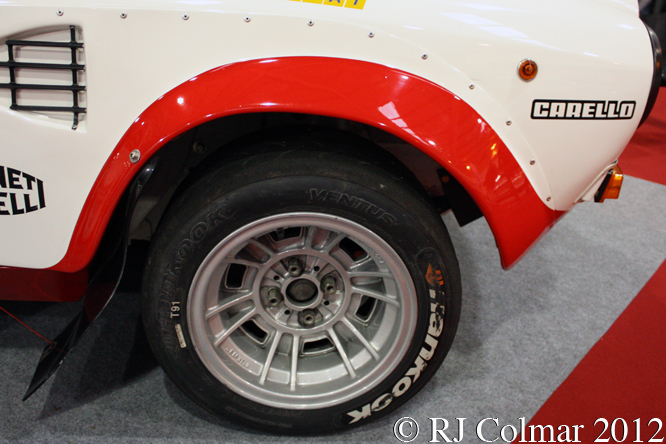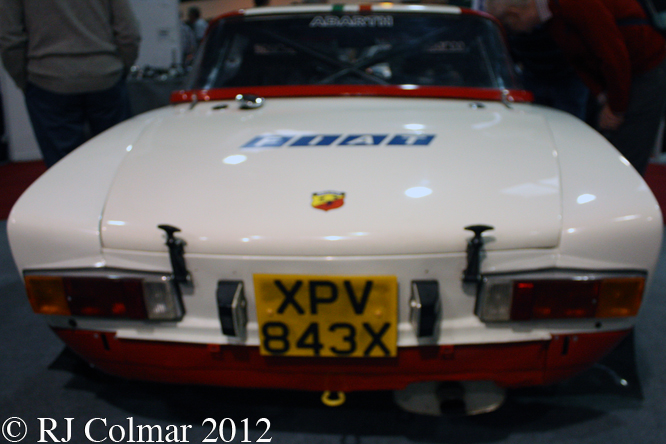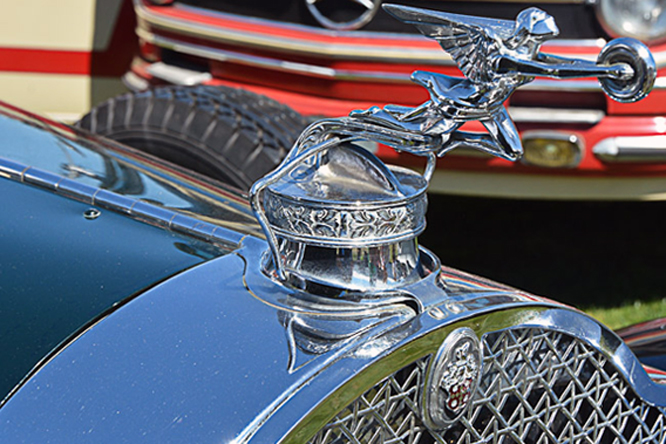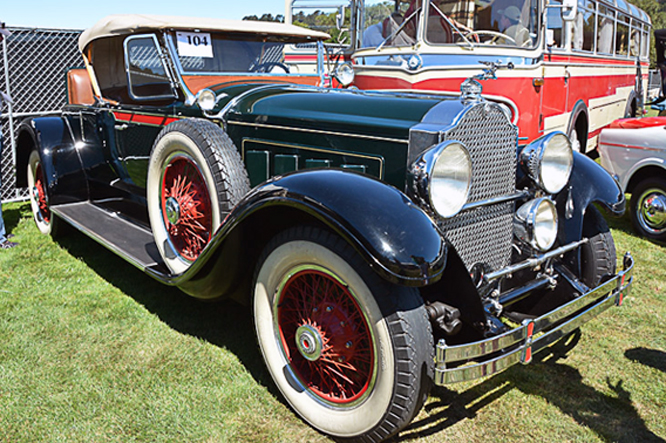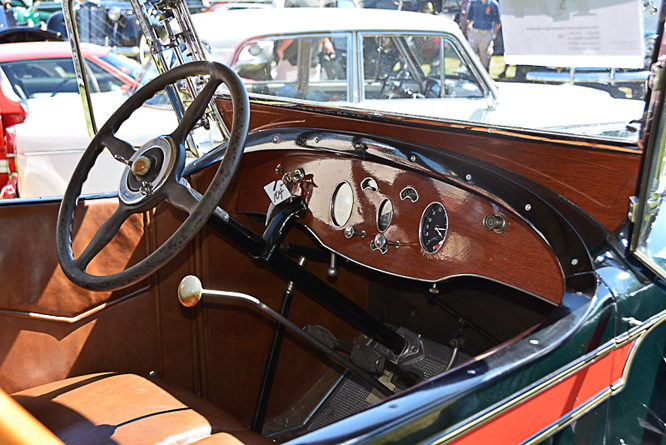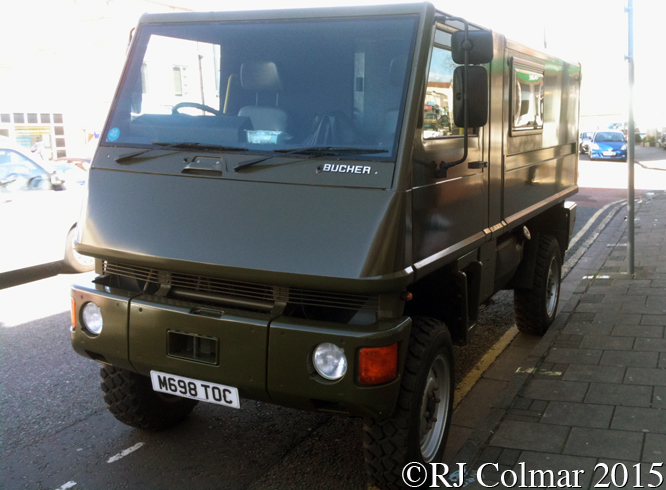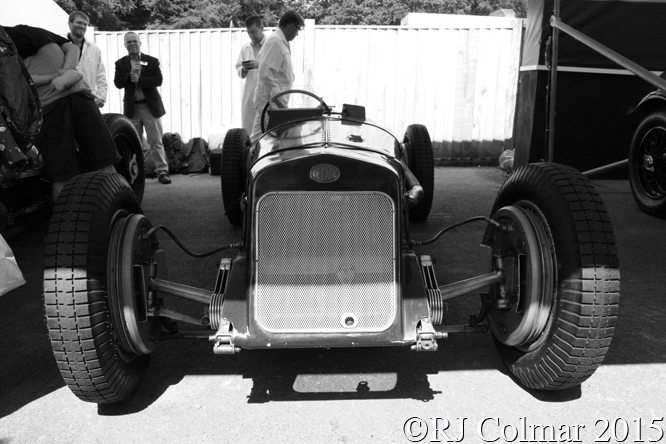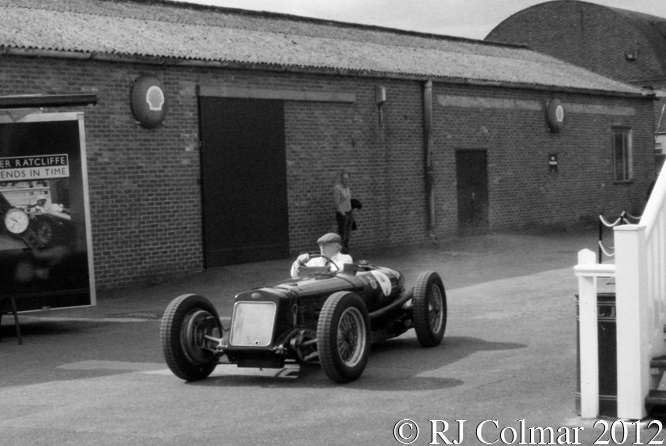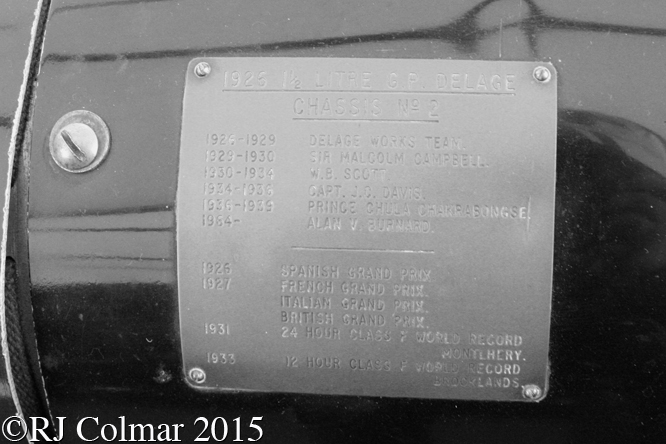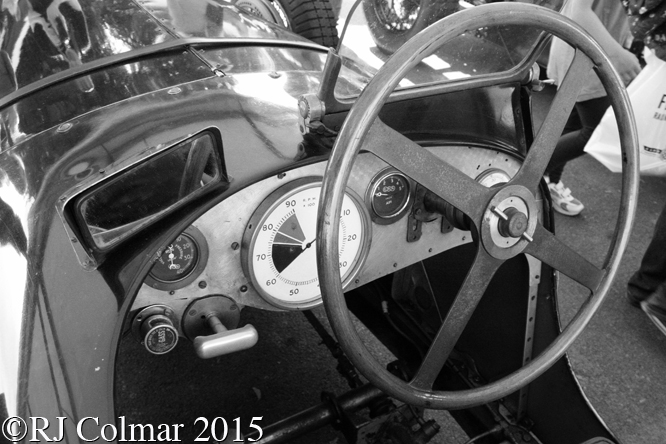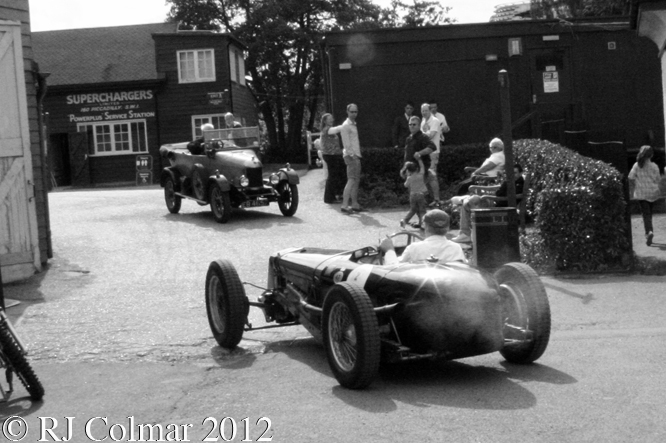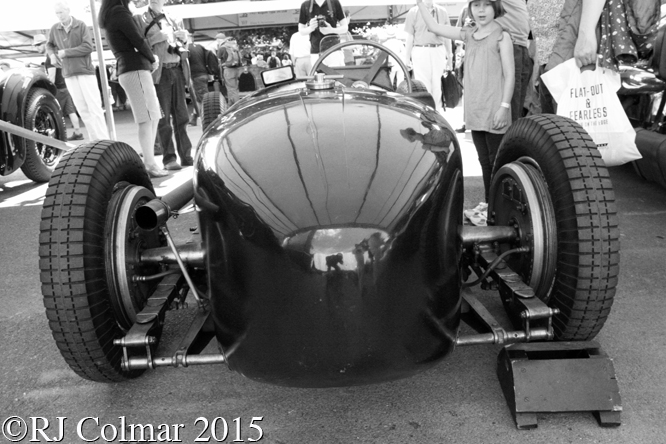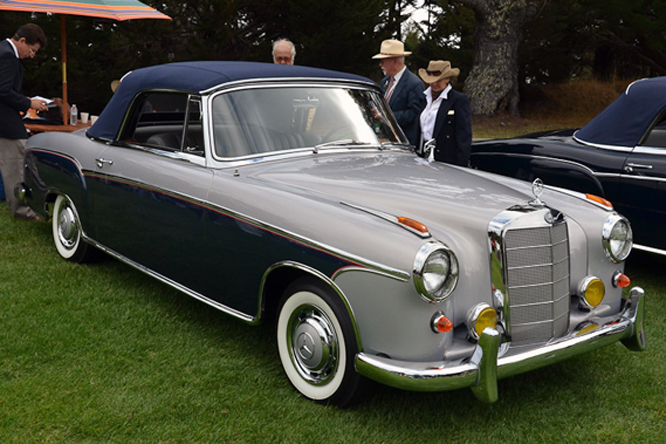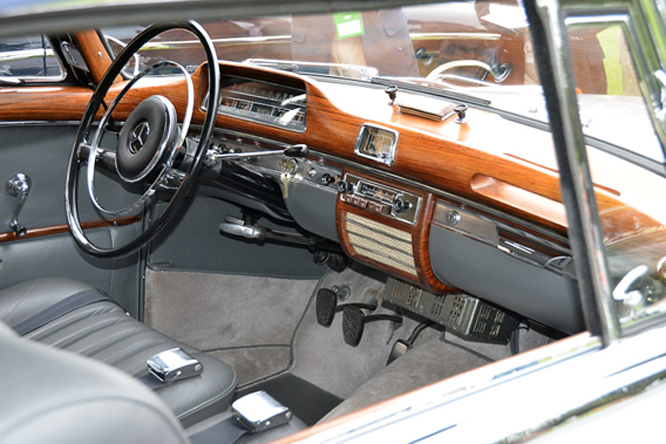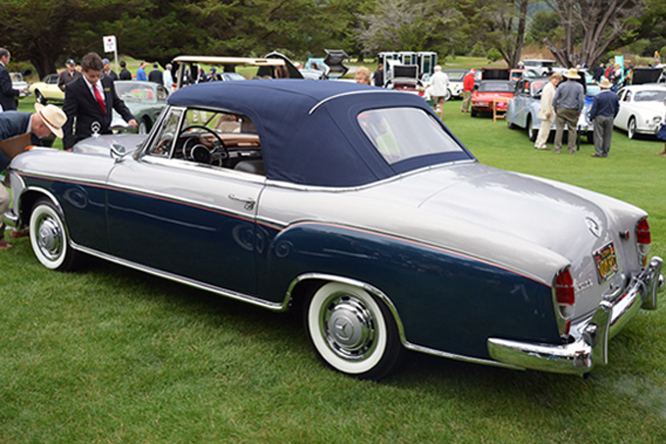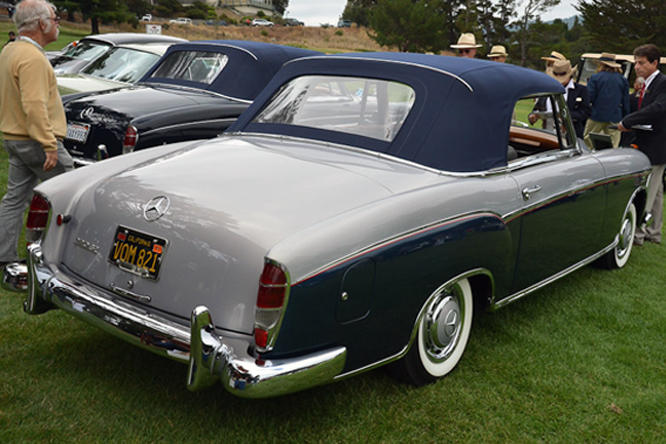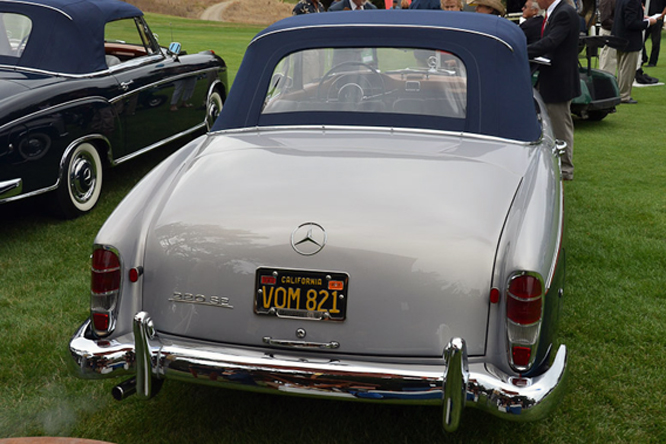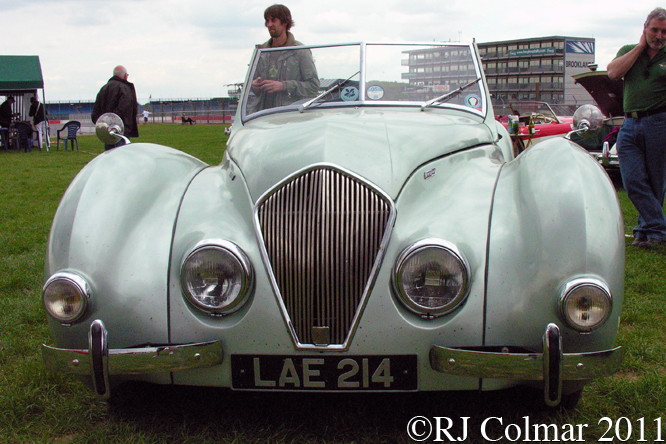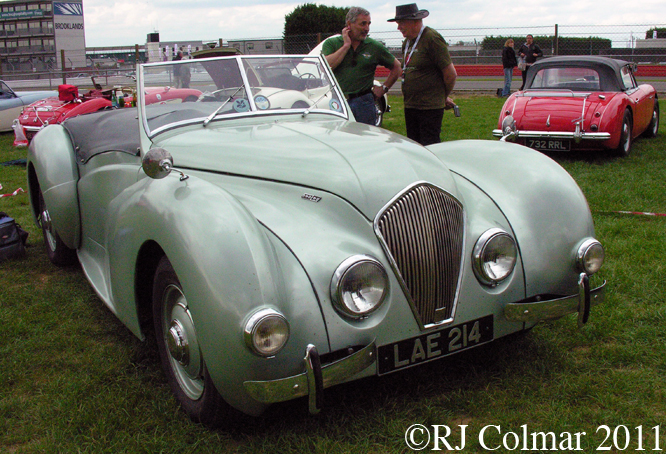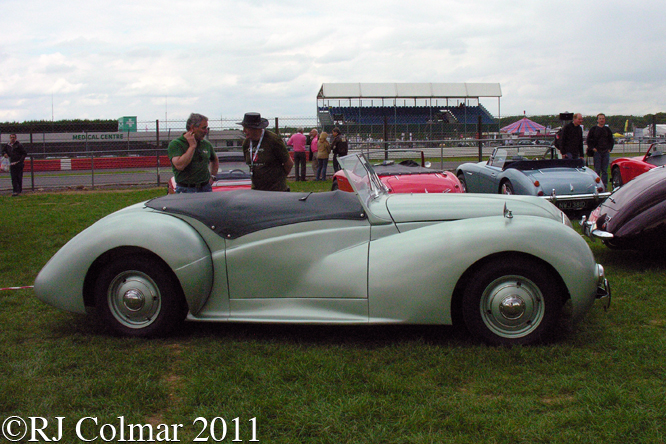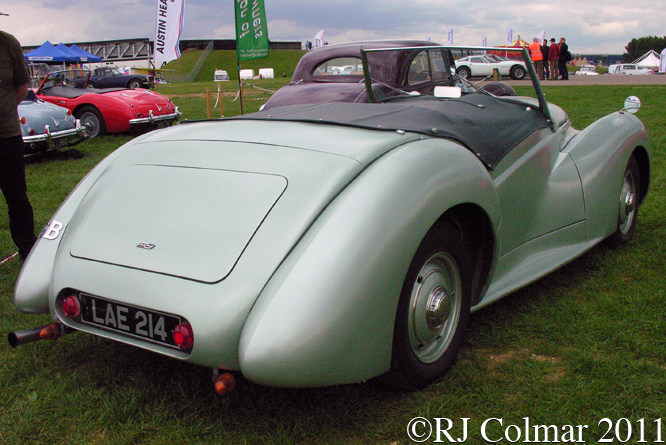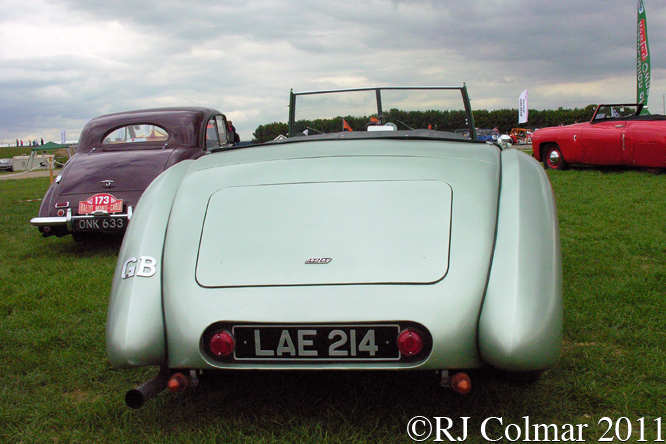My understanding is that Leslie Redmond of the Moorland Car Company, Southall, London built today’s unique Moorland Formula Junior car to a design laid down by Len Terry in early 1959.
The first documented appearance of the car I have been able to find is in the third BRSCC organised Formula Junior race which took place at Brands Hatch on August 3rd 1959.
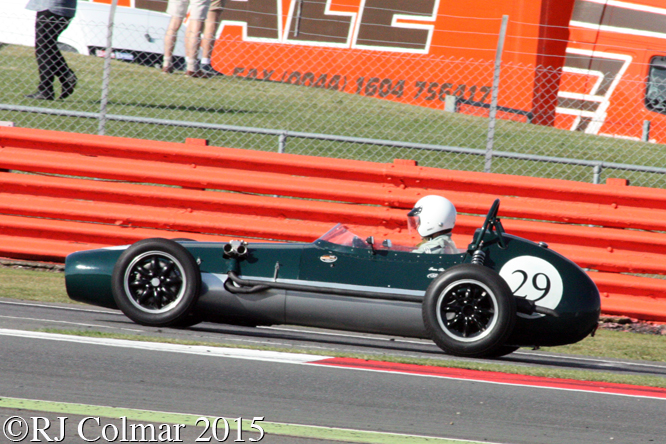
It would appear that Graham Warner of The Checkered Flag, a car sales, engineering and racing business that operated from premises on Edgeware Road and Chiswick High Street in London with a third on Arkright Street in Nottingham, bought the car and entered it for himself at Brands Hatch.
However Graham got stuck on his return from Germany, where the German Grand Prix had been run at Avus in Berlin the day before and called ahead to his mechanics to find a driver for the Speedwell BMC powered Moorland.
Ian Raby was given the job of driving the Moorland and after starting from the back of the grid, having missed practice, he scythed through the field recording the quickest lap in the five lap race on his way to eventual victory.
Graham Warner decided to acquire the rights, jigs, moulds and services of Leslie Redmond to put the car into production, naming it Gemini Mk2 after Gemini House on Edgeware Road where one of his businesses was based.
In 1960 the Moorland went to the USA where it remained until repatriated in 2001, current owner William, Bill, Grimshaw is seen at the wheel in this photograph exiting the pits at last years Silverstone Classic meeting.
On the 26th December 1959, at a rain sodden Brands Hatch, a Scotsman by the name of Jim Clark drove a Checkered Flag entered Ford powered Gemini Mk2 to an eighth place finish in the 10 lap John Davey Trophy.
Thanks for joining me on this “Gemini’s Antecedent” edition of “Gettin’ a li’l psycho on tyres” I hope you will join me again tomorrow when I will be looking at another Healey. Don’t forget to come back now !


